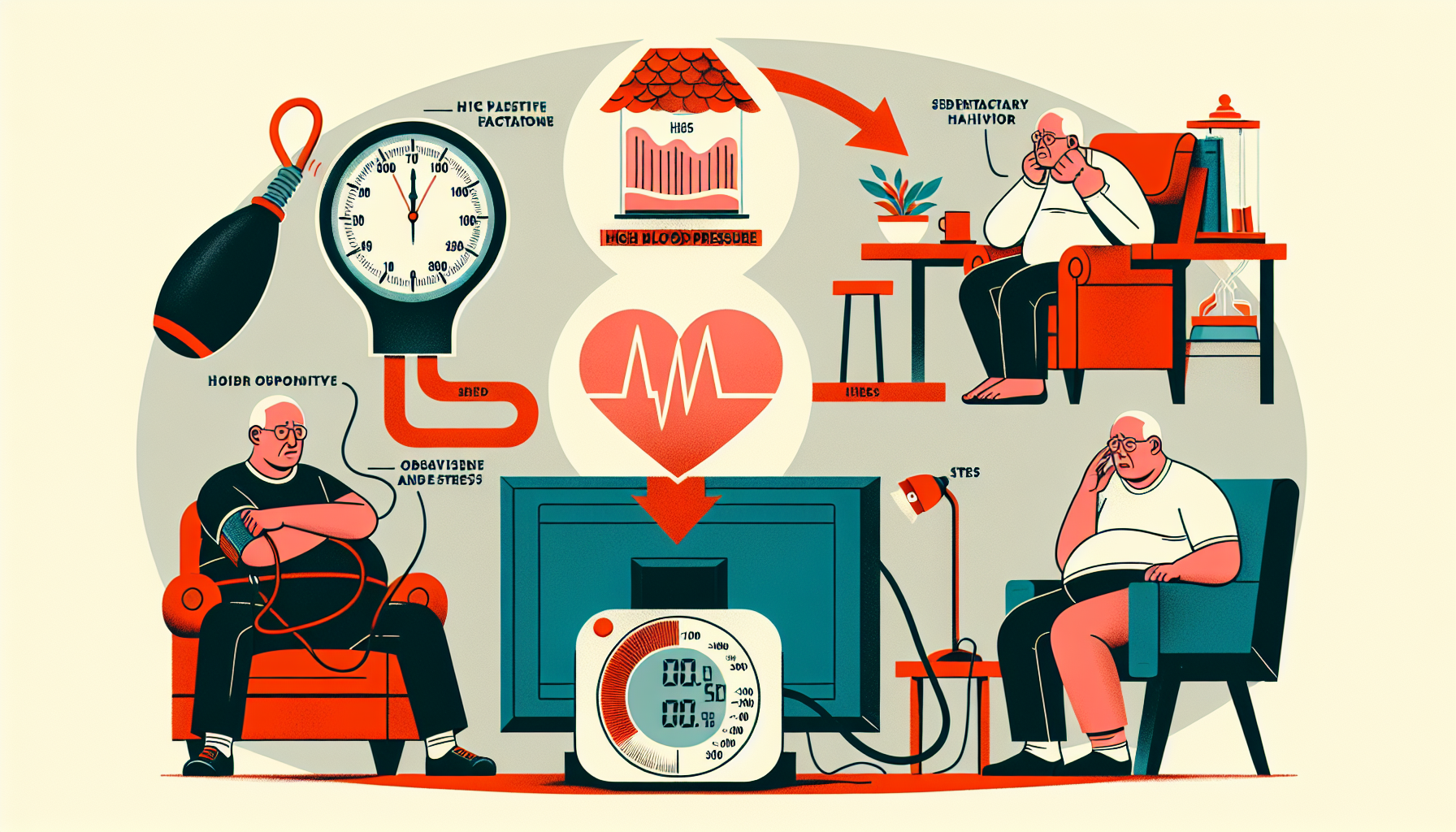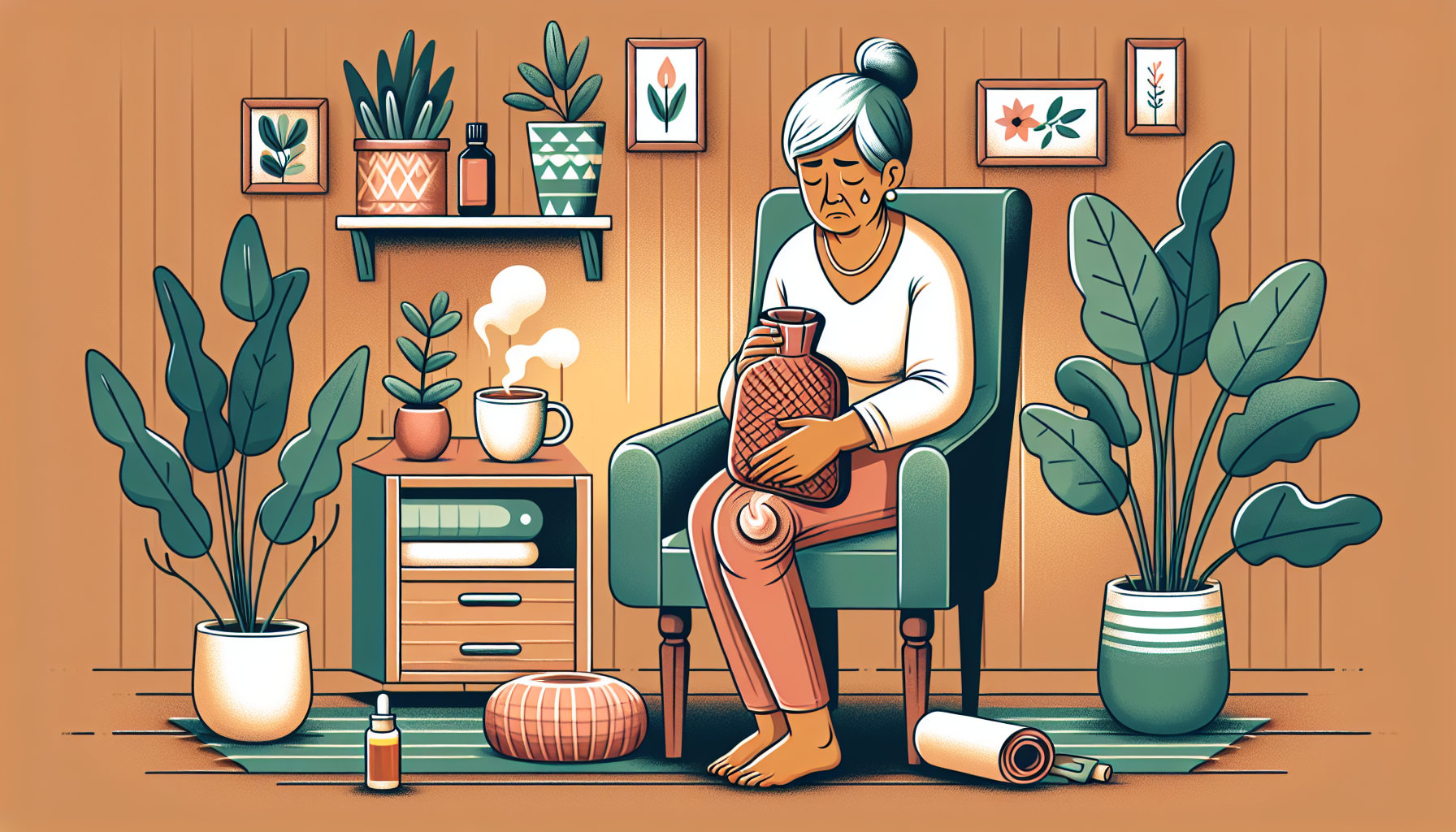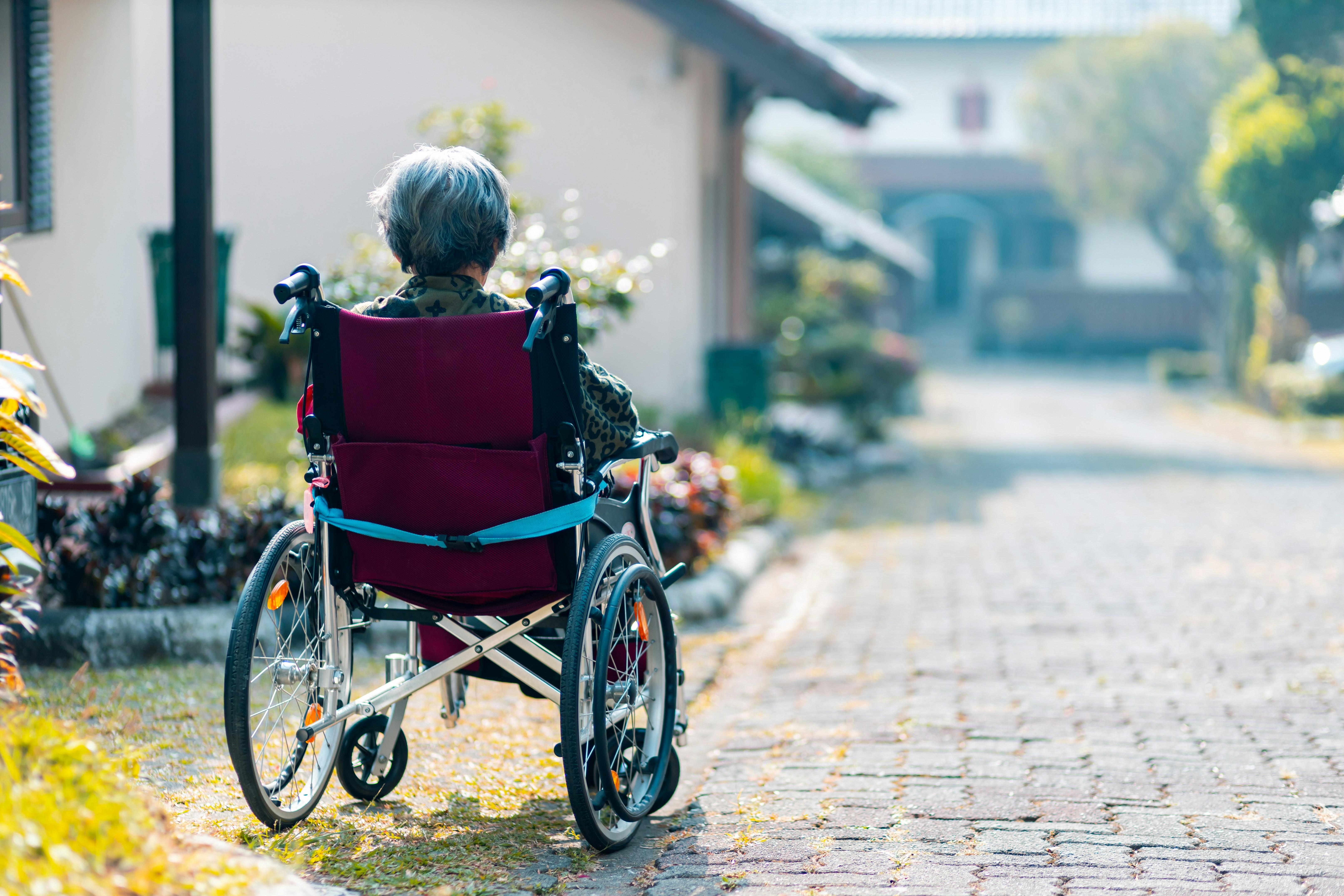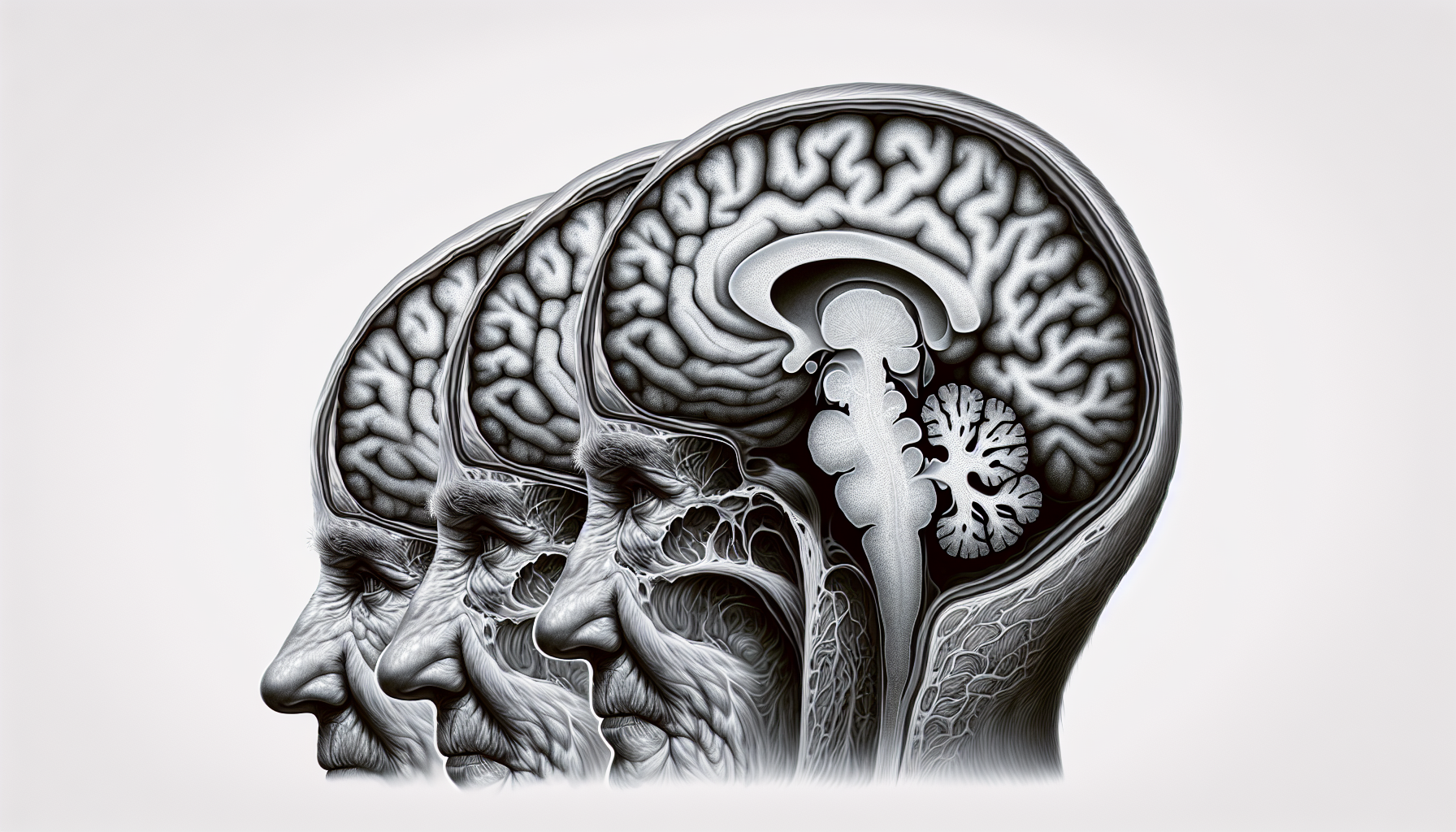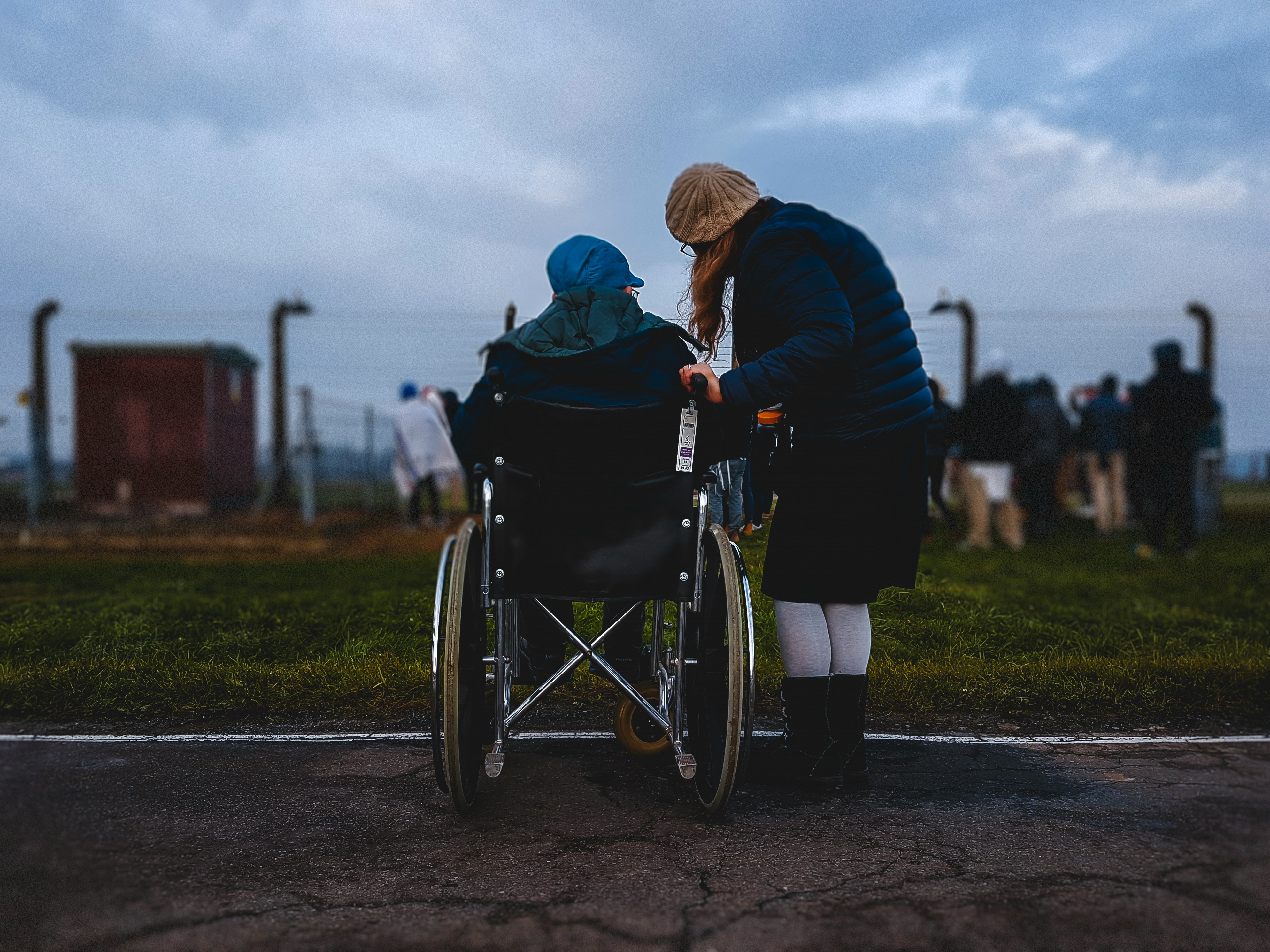What Is Assisted Living?
Discover the world of assisted living! From services and amenities to financing options, find the perfect care for your loved one.
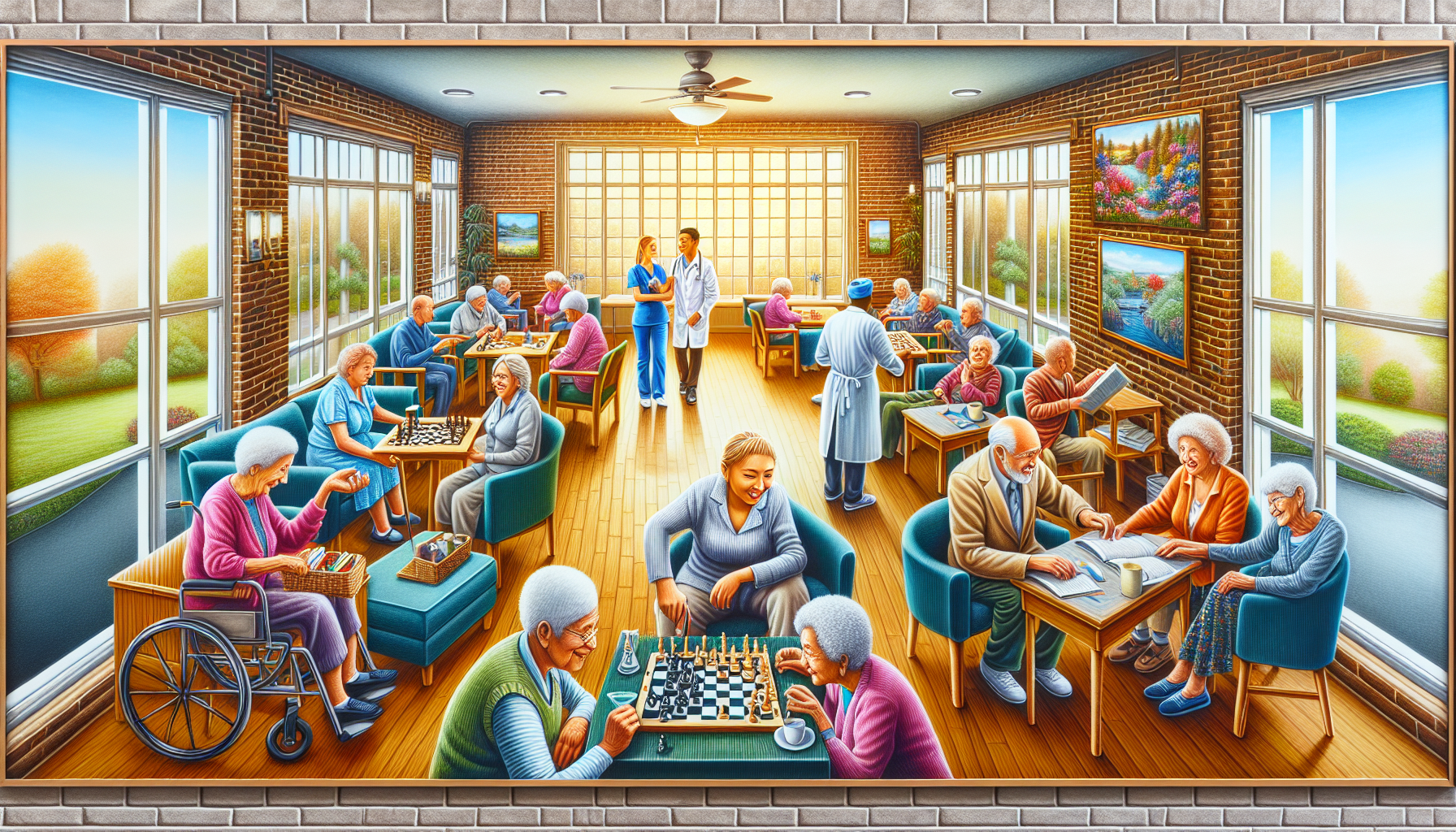
Understanding Assisted Living
Assisted living is a long-term care option that provides housing, support services, and healthcare while promoting independence and dignity for residents. It offers a balance of assistance and independence, allowing individuals to maintain their privacy and freedom while receiving the necessary support.
Definition and Purpose of Assisted Living
According to the National Council on Aging (NCOA), assisted living provides individuals with the opportunity to receive exceptional care with the assistance of a real person, emphasizing the importance of support and guidance in this journey. It is designed for older adults who may require assistance with activities of daily living (ADLs) but do not need the level of medical care provided in a nursing home.

Assisted living communities typically consist of apartments or suites, allowing residents to have their own private living space. The purpose of assisted living is to create an environment that fosters a sense of independence and promotes a high quality of life.
Services and Amenities in Assisted Living
Assisted living communities provide a wide range of services and amenities to support residents' daily needs and enhance their overall well-being. These may include:
The services and amenities provided in assisted living are designed to support the activities of daily living (ADLs) and enhance the overall quality of life for residents. By offering a combination of personalized care and opportunities for social engagement, assisted living communities strive to create a safe and supportive environment for older adults.
The Cost of Assisted Living
When considering assisted living for a loved one, it's important to understand the financial aspect of this care option. The cost of assisted living can vary widely depending on several factors. Let's explore the factors that affect the cost of assisted living and the financing options available.
Factors Affecting the Cost of Assisted Living
The expenses associated with assisted living can be influenced by various factors, including:
According to A Place for Mom, the median cost of assisted living in the United States in 2021 was $4,300 per month. However, it's essential to note that these costs can vary significantly depending on the factors mentioned above.
Financing Options for Assisted Living
Financing assisted living can be a significant concern for many families. Understanding the available financing options can help alleviate some of the financial burden. Here are some common methods for covering the cost of assisted living:
It's important to research and explore these financing options to determine the best approach for your specific situation. Consulting with a financial advisor or reaching out to the assisted living community's staff can provide valuable guidance and assistance in navigating the financial aspects of assisted living.
Understanding the factors influencing the cost of assisted living and exploring the available financing options can help families make informed decisions about their loved ones' care. By planning ahead and considering various financial avenues, families can find a way to provide the necessary support and ensure a comfortable living environment for their loved ones in an assisted living community.
The Difference Between Assisted Living and Independent Living
When considering senior living options, it's important to understand the difference between assisted living and independent living. While both offer various levels of support, there are key distinctions that can help guide the decision-making process.
Independence and Assistance in Assisted Living
Assisted living communities are designed for seniors who desire a level of assistance with activities of daily living (ADLs) but still want to maintain a sense of independence. These communities provide a wide array of personal support services, such as dressing, bathing, grooming, medication management, and more.
Residents in assisted living communities have access to 24-hour support from staff members who can provide assistance based on individual care plans. This ensures that residents receive the necessary help while still having the freedom and privacy of their own apartment or suite [2].
Social Activities and Dining in Assisted Living
Assisted living communities not only focus on providing assistance with daily activities but also strive to promote social engagement, physical fitness, and mental stimulation. These communities offer a variety of scheduled transportation options and enriched activities to encourage residents to participate in social activities and maintain a sense of connectedness.
In addition, assisted living facilities typically provide three meals a day in a shared dining room setting, along with snacks, to ensure that residents receive proper nutrition while also encouraging social interactions during meal times. This communal dining experience fosters a sense of community and allows residents to connect with one another.
By understanding the distinction between assisted living and independent living, families and caregivers can make an informed decision based on the level of support and independence that best suits their loved one's needs. Assisted living provides the necessary assistance with daily activities while still promoting social engagement and maintaining a sense of privacy and independence.
What to Expect in an Assisted Living Facility?
When considering assisted living for a loved one, it's important to have a clear understanding of what to expect in an assisted living facility. This section will cover two key aspects: the care and support provided in assisted living and the living arrangements available.
Care and Support in Assisted Living
Assisted living is designed for seniors who require assistance with activities of daily living while maintaining a level of independence [2]. In an assisted living facility, residents have access to 24-hour support from trained staff members. These staff members provide assistance with activities of daily living (ADLs) based on individual care plans. ADLs may include tasks such as meals, medication management, bathing, dressing, and transportation services.
In addition to ADLs, assisted living facilities also focus on the overall well-being of their residents. They offer a variety of social activities, wellness programs, and outings aimed at stimulating physical and cognitive health. These activities promote a sense of well-being and social connectedness among residents. The goal is to create a supportive environment where residents can thrive and enjoy an enriching lifestyle.
Living Arrangements in Assisted Living
Assisted living arrangements typically include apartment-style dwellings. These living spaces range from private studios to one or two-bedroom units, allowing residents to maintain a sense of privacy and autonomy in their living space [2]. Having their own space gives residents a sense of ownership and control over their living environment.
Assisted living facilities also provide shared spaces for socialization and community engagement. These spaces may include common areas, lounges, and outdoor areas where residents can interact with one another, participate in group activities, or simply relax and enjoy the company of fellow residents. The sense of community and social connectedness is an important aspect of assisted living, as it contributes to the overall well-being of residents.
To ensure that residents receive proper nutrition and encourage social interactions, assisted living facilities typically offer three meals a day in a shared dining room setting, along with snacks. These meals are designed to provide balanced nutrition while fostering opportunities for social engagement during meal times [2].
In summary, assisted living facilities provide a supportive and engaging environment for seniors who require assistance with activities of daily living. With access to 24-hour support, personalized care plans, social activities, and apartment-style living arrangements, residents can maintain their independence while receiving the care and support they need to thrive.
Choosing the Right Assisted Living Facility
When it comes to choosing the right assisted living facility for your loved one, it's essential to consider their care needs and evaluate the available options. This section will guide you through the process of assessing care needs and touring and evaluating assisted living facilities.
Assessing Care Needs
Before beginning your search for an assisted living facility, it's important to assess the care needs of your loved one. Consider the level of assistance they require with activities of daily living, such as meals, medication management, bathing, dressing, and transportation services. Assessing their physical and cognitive health will help you determine the appropriate level of care they need.
Some key factors to consider when assessing care needs include:
By understanding your loved one's specific care needs, you can narrow down your search to assisted living facilities that can provide the appropriate level of support.
Touring and Evaluating Assisted Living Facilities
Once you have identified potential assisted living facilities that align with your loved one's care needs, it's important to visit and evaluate each facility. This will allow you to gather firsthand information and assess the environment, services, and overall atmosphere.
During the facility tours, consider the following factors:
During the tours, don't hesitate to ask questions and seek clarification about any concerns or doubts you may have. Take notes and compare the different facilities based on your observations and the needs of your loved one.
By carefully assessing care needs and thoroughly evaluating assisted living facilities, you can make an informed decision that provides your loved one with the care, support, and quality of life they deserve. Remember to involve your loved one in the decision-making process whenever possible to ensure their preferences and needs are considered.
The Role of Assisted Living in Long-Term Care
Assisted living plays a vital role in long-term care, providing a supportive and safe environment for individuals who require assistance with daily care but not as much help as provided in nursing homes. Assisted living facilities offer a range of services and amenities designed to enhance the quality of life for residents while promoting independence and well-being.
Assisted Living vs. Nursing Homes
While both assisted living and nursing homes provide long-term care options, there are key differences between the two. Assisted living facilities are designed for individuals who need assistance with activities of daily living but want to maintain a level of independence. These facilities typically offer up to three meals a day, assistance with personal care, medication management, housekeeping, and laundry services. Residents often live in their own apartments or rooms and share common areas, with services varying based on the level of care needed.
On the other hand, nursing homes provide a higher level of care for individuals who have more complex medical needs and require round-the-clock supervision and skilled nursing care. Nursing homes often provide specialized medical services, including medication administration, wound care, and rehabilitation therapies.
Benefits and Limitations of Assisted Living
Assisted living offers several benefits for individuals and their families. These facilities provide a supportive and socially engaging environment where residents can receive assistance with activities of daily living while maintaining a sense of independence. Some of the key benefits of assisted living include:
It's important to note that while assisted living offers numerous benefits, there are some limitations as well. Assisted living may not be suitable for individuals with complex medical conditions that require continuous skilled nursing care. In such cases, a nursing home or other specialized care facility may be more appropriate.
Understanding the role of assisted living in long-term care can help families make informed decisions about the best care option for their loved ones. By considering the individual's needs, preferences, and level of independence, families can choose an assisted living facility that provides the necessary support and promotes a fulfilling and comfortable living environment.
References
[2]:
[3]:















